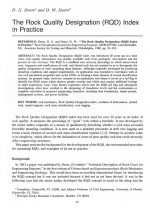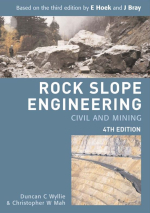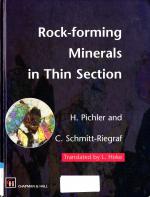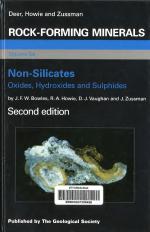This extensive revision deals with the minerals talc, pyrophyllite, chlorite, serpentine, stilpnomelane, zussmanite, prehnite and apophyllite. The text has been completely rewritten and very much expanded to take account of the many advances that have been made in all aspects of the Earth sciences, not least mineralogy. Each chapter is headed by a brief tabulation of mineral data and ends with full references. Crystal structures are described and illustrated, followed by discussion of structural information gained from spectroscopic as well as X-ray and electron-optic methods. Chemical sections include many analyses and structural formulae, phase relations, igneous, metamorphic and sedimentary geochemistry, alteration and weathering. Examples are given of a range of mineral parageneses. Correlation between the various aspects of mineralogy are emphasized in order to provide a scientific understanding of minerals as well as their description and identification.
So great has been the expansion of research on layered silicates that a separate volume (3A, 2003) was devoted entirely to micas and another (3C), entirely for clay minerals will also be published.













